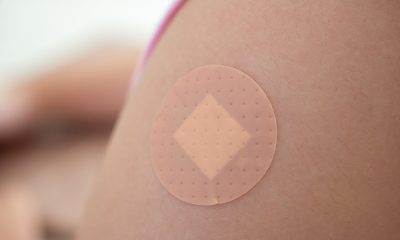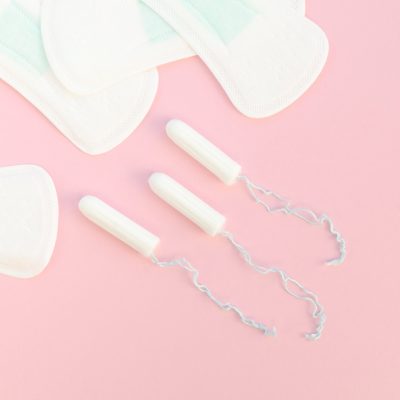News
Fertility platform to support women through the power of community

A new platform partners digital connection with a traditional community approach to fertility, to provide support for thousands of women in need.
Fertility Mapper provides women with a space to share expertly curated reviews and experiences of fertility health services, offering guidance, information on costs and education at the exact time it’s needed.
Women are able to openly share online their overall clinic experience, from how transparent they were about costs and treatments to how they communicated and how the process made them feel.
The founder, Kayleigh Hartigan, believes that the fertility health journey is often lonely, stigmatised, misleading and expensive and she’s now calling on women across the UK to give back to those in need by joining the platform to provide these insights.

Kayleigh Hartigan, founder of Fertility Mapper
Before launching Fertility Mapper, Hartigan has spent her career working on solutions to inaccessibility in the healthcare sector and has worked across the NHS, the Department of Health, WHO and the digital platform, HealthHero. She then moved into the tech space to drive accessibility and improved experience to those in need and now to spearhead the evolution of the women’s healthcare .
“Not a weekend goes by where the subject of fertility doesn’t come up with friends in hushed side conversations over dinner or coffee,” the founder says. “Given both my experience and personal journey, I’m asked frequently for informal advice on how much services should cost or the clinics my friends should be looking at.
“Realising that the subject of fertility health is misunderstood and questioned across the UK and not everyone has that friend in the know, I wanted to create a platform to empower women with the knowledge of others.”
Accessing funding for fertility services is very often a postcode lottery, which has led, in some cases, to financial deception and misinformation from services. This lack of accessible and trustworthy knowledge also means that women can end up paying upwards of £25,000 for services unnecessarily.
Hartigan says that in a world where Google seems to be the answer to everything, Fertility Mapper aims to guide women and help them make informed decisions. It has been developed to not only build a community of experts and women, but also create a movement of women who are often traditionally overlooked and help them navigate their fertility journey.
Share your review on fertilitymapper.com.
-

 News4 weeks ago
News4 weeks agoAI embryo selection tool wins European approval
-

 News2 weeks ago
News2 weeks agoOpinion: Not ‘just stress’ – How hormonal changes affect women’s brain function
-

 News4 weeks ago
News4 weeks agoTestosterone patch shows promise for menopausal women
-

 Features3 weeks ago
Features3 weeks agoTop 7 drug-free solutions for managing PMS and PMDD in in 2025
-

 Features4 weeks ago
Features4 weeks agoFrom SEO to GEO: How women’s health brands can get found in the age of AI
-

 News4 weeks ago
News4 weeks agoFDA approves new menopause drug to treat hot flashes and night sweats
-

 News4 weeks ago
News4 weeks agoSpain faces protests over mammogram scandal
-

 News4 weeks ago
News4 weeks agoMost midlife women with menopause symptoms don’t seek care, research finds
































1 Comment